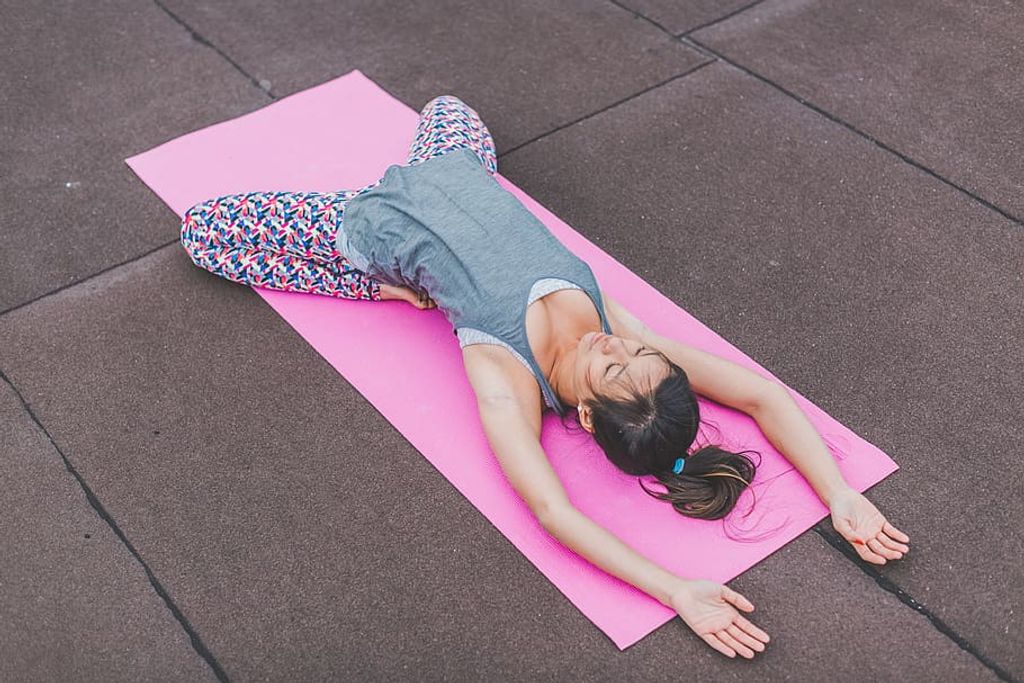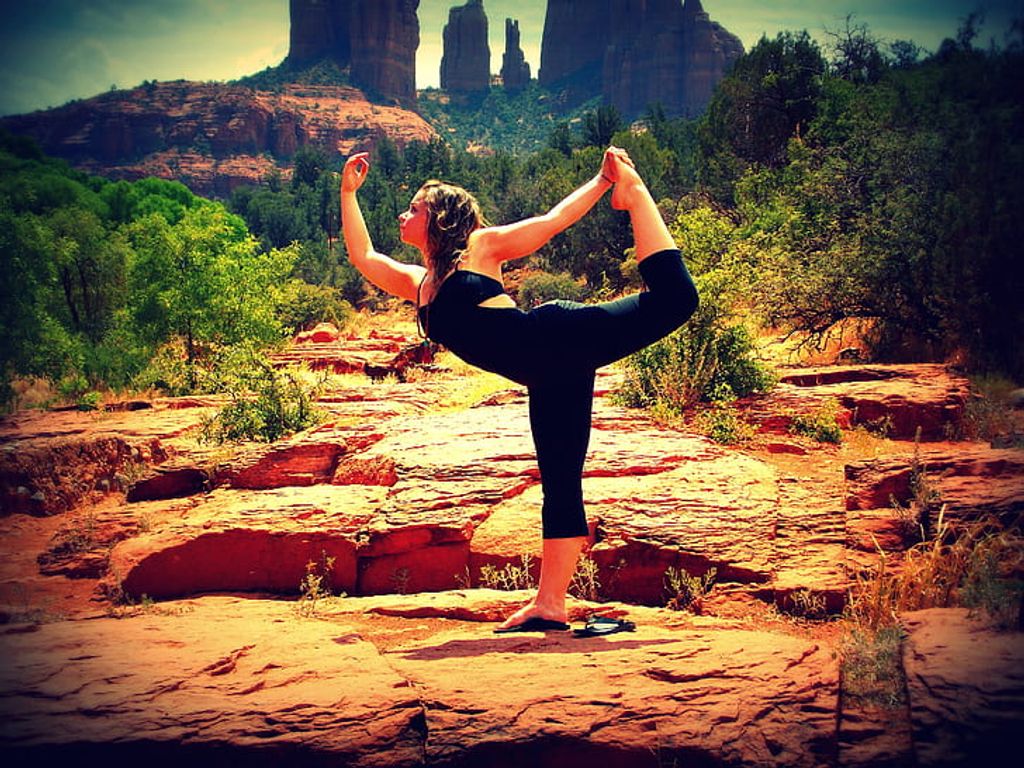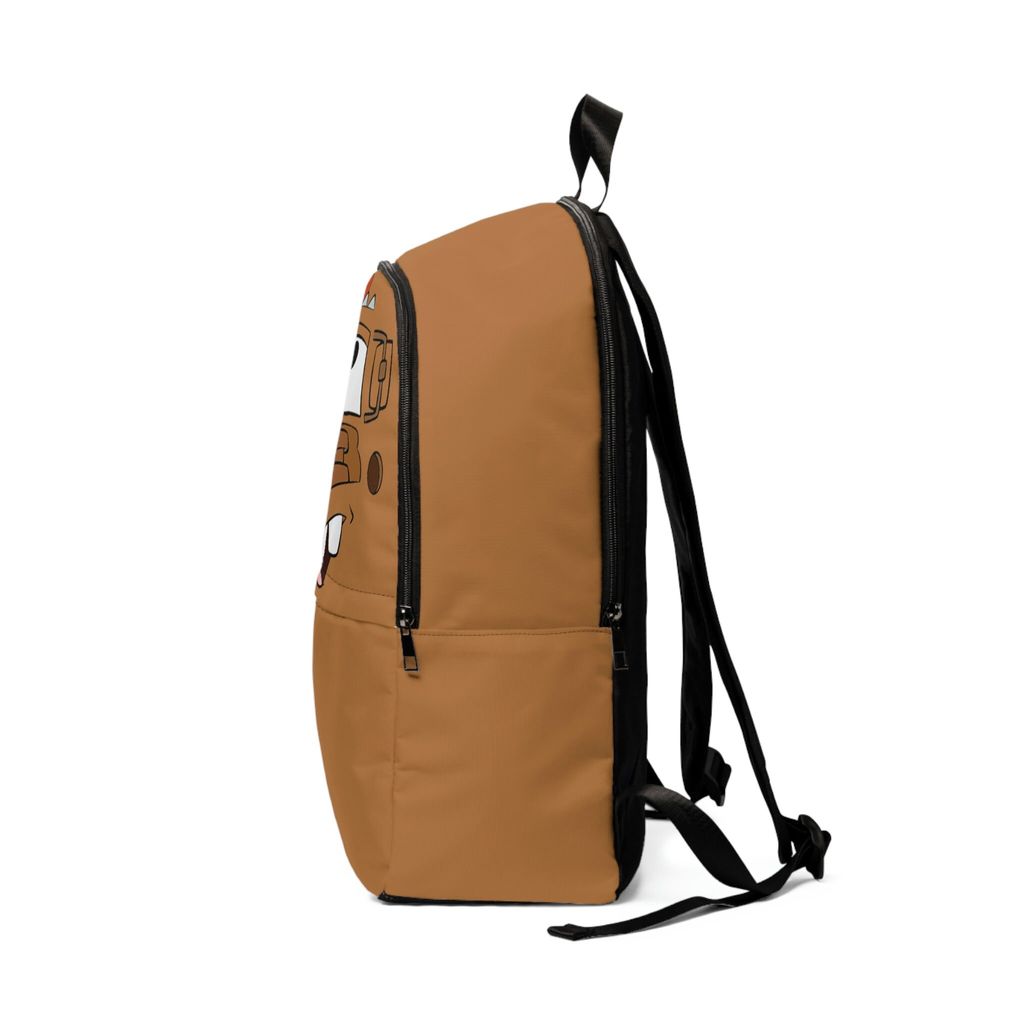
The Best Thick Yoga Mat for Comfortable Workouts
When it comes to practicing yoga, having a comfortable and supportive mat is essential. A thick yoga mat can provide extra cushioning and support for your joints, making your workouts more enjoyable and less strenuous. In this article, we will explore the best thick yoga mats available on the market and discuss the key features to look for when choosing the right one for your needs.
Key Takeaways
- Choose a yoga mat thickness that suits your comfort level and the type of yoga you practice.
- Thick yoga mats offer extra cushioning and support for your joints.
- Consider the material, grip, and size of the mat when making your selection.
- Beginners may benefit from a thicker mat for added stability and comfort.
- Hot yoga practitioners should look for mats with good moisture-wicking properties.
Choosing the Right Thickness
Understanding Yoga Mat Thickness
When choosing a yoga mat, one important factor to consider is the thickness. The thickness of a yoga mat can greatly affect your comfort and support during your workouts. A thicker mat provides more cushioning for your joints, making it ideal for those who need extra support or have sensitive knees or wrists. On the other hand, a thinner mat may be more suitable for those who prefer a firmer surface or need to feel more connected to the ground.
When it comes to yoga mat thickness, there is no one-size-fits-all answer. It ultimately depends on your personal preference and the type of yoga you practice. Here are some factors to consider when choosing the right thickness for your yoga mat:
- Intensity of your practice: If you engage in high-impact or vigorous yoga styles, such as power yoga or Ashtanga, a thicker mat can provide better shock absorption and cushioning.
- Joint sensitivity: If you have joint issues or are recovering from an injury, a thicker mat can help alleviate pressure on your joints and provide added support.
- Stability and balance: If you focus on balance poses or inversions, a thinner mat may be more suitable as it allows for better stability and a stronger connection to the ground.
It's important to find the right balance between comfort and stability when choosing the thickness of your yoga mat. Experiment with different thicknesses to see what works best for you and your practice.
Benefits of a Thick Yoga Mat
A thick yoga mat offers several benefits for your practice. Firstly, it provides extra cushioning and support, which is especially beneficial for poses that put pressure on your joints, such as kneeling poses or inversions. This added comfort can help prevent discomfort or pain during your workout. Additionally, a thick mat can help absorb impact and reduce the risk of injuries, particularly if you have sensitive knees or wrists. Lastly, a thicker mat can also provide better insulation, keeping you warmer during floor-based exercises in cooler environments.
Considerations for Different Types of Yoga
When choosing a thick yoga mat, it's important to consider the specific type of yoga you practice. Different types of yoga require different levels of support and cushioning. Here are some key considerations to keep in mind:
-
Power Yoga: This dynamic and intense style of yoga involves fast-paced movements and strength-building poses. A thicker mat with excellent grip and shock absorption is essential to provide stability and prevent injuries.
-
Restorative Yoga: In contrast to power yoga, restorative yoga focuses on relaxation and gentle stretching. A thicker mat can provide extra comfort and support during longer holds and seated poses.
-
Hot Yoga: Hot yoga classes are conducted in a heated room, which can lead to increased sweating and a slippery mat. Look for a thick mat with a non-slip surface to ensure stability and prevent accidents.
-
Vinyasa Yoga: Vinyasa yoga involves flowing sequences of poses that require smooth transitions. A thicker mat with good traction can help with stability and prevent slipping during transitions.
-
Iyengar Yoga: This style of yoga emphasizes precise alignment and the use of props. A thicker mat can provide additional cushioning and support for the joints during longer holds and prop-supported poses.
Top Features to Look for
Material and Durability
When choosing a thick yoga mat, it is important to consider the material and durability. The material of the mat determines its comfort, grip, and overall performance. Look for mats made from high-quality materials such as natural rubber or PVC for durability and longevity. These materials are known for their ability to withstand regular use and provide excellent traction.
Durability is also an important factor to consider. A thick yoga mat should be able to withstand the wear and tear of regular use without losing its shape or cushioning. Look for mats that are designed to be tear-resistant and have a non-slip surface to ensure they will last for a long time.
To help you make an informed decision, here is a table comparing the material and durability of some popular thick yoga mats:
| Mat | Material | Durability |
|---|---|---|
| Warrior Mat | Natural Rubber | High |
| Dry-Grip Yoga Mat | PVC | Medium |
| The (Big) Mat | PVC | High |
| Yoga Mat (68-inches) | Natural Rubber | Medium |
Remember, choosing a thick yoga mat with the right material and durability will enhance your yoga practice and provide you with the comfort and support you need.
Grip and Traction
Grip and traction are crucial factors to consider when choosing a thick yoga mat. A mat with good grip ensures that you can maintain stability and prevent slipping during your yoga practice. Traction, on the other hand, refers to the mat's ability to grip the floor and stay in place. A mat with excellent traction provides a solid foundation for your poses and allows you to focus on your practice without worrying about slipping.
Size and Portability
When it comes to choosing a thick yoga mat, size and portability are important factors to consider. A larger mat provides more space for movement and allows for a wider range of poses. However, a larger mat may be less portable and harder to carry around. On the other hand, a smaller mat is more compact and easier to transport, but it may limit your range of motion. It's essential to find a balance between size and portability that suits your needs and preferences.
Best Thick Yoga Mats for Different Needs
Best Thick Yoga Mat for Beginners
When it comes to choosing the best thick yoga mat for beginners, there are a few key factors to consider. First and foremost, you want a mat that provides ample cushioning and support to protect your joints and provide a comfortable surface for your practice. Additionally, a mat with good grip and traction is important to prevent slipping and ensure stability during poses. Finally, you'll want to consider the size and portability of the mat, as well as its durability and material composition.
Best Thick Yoga Mat for Hot Yoga
Hot yoga is a popular style of yoga that is practiced in a heated room, typically around 95-105 degrees Fahrenheit. It is known for its intense and challenging nature, making it important to have a thick yoga mat that provides sufficient cushioning and support. When choosing a thick yoga mat for hot yoga, there are a few key factors to consider:
Best Thick Yoga Mat for Joint Support
When it comes to joint support during yoga practice, the Manduka Pro is highly recommended. This mat is known for its 6mm ultra-dense cushioning, providing optimal comfort and protection for your joints. The high-density material used in the construction of the Manduka Pro ensures durability and longevity, making it a great investment for those looking for a mat that will stand the test of time.
Additionally, the Manduka Pro offers excellent grip and traction, preventing any slips or slides during your practice. Its large size provides ample space for movement, allowing you to fully explore different poses without feeling restricted.
To keep your Manduka Pro in top condition, it is important to clean and sanitize it regularly. Use a mild detergent and water to gently scrub the mat, and allow it to air dry completely before rolling it up for storage. Avoid exposing the mat to direct sunlight for prolonged periods, as this can cause damage to the material.
In summary, the Manduka Pro is the best thick yoga mat for joint support, offering superior cushioning, grip, and durability. Invest in this mat to enhance your yoga practice and protect your joints.
Maintenance and Care Tips
Cleaning and Sanitizing
Proper cleaning and sanitizing of your yoga mat is essential for maintaining its longevity and ensuring a hygienic workout experience. Here are some tips to help you keep your mat clean and germ-free:
- Start by preparing a solution of water and vinegar. Vinegar is a natural disinfectant that can effectively kill bacteria and germs.
- Then, spray the water and vinegar solution all over one side of the mat, then follow with a microfiber cloth to wipe down the mat and soak up any excess liquid.
- Repeat the process on the other side of the mat.
- After cleaning, allow the mat to air dry completely before rolling it up for storage.
Remember to clean your mat regularly, especially if you practice hot yoga or if you sweat a lot during your workouts. A clean mat not only helps prevent the buildup of bacteria and odors but also provides a fresh and pleasant surface for your yoga practice.
Storage and Protection
Proper storage and protection of your thick yoga mat is essential to ensure its longevity and usability. Here are some tips to help you keep your mat in great condition:
- Utilize yoga mat straps, mat bags, or wall storage racks for convenient and organized storage, ensuring your mat remains clean, protected, and easily accessible.
- Clean your mat regularly using a mild detergent and water solution. Avoid using harsh chemicals that can damage the mat's material.
- Avoid exposing your mat to direct sunlight for extended periods as it can cause fading and deterioration.
- When not in use, roll your mat up and store it in a cool and dry place to prevent moisture buildup and mold growth.
Remember, proper storage and care will not only extend the lifespan of your thick yoga mat but also enhance your overall yoga experience.
Welcome to the Maintenance and Care Tips section of Yune Yoga! Here, you will find valuable information on how to properly maintain and care for your yoga mats and fitness accessories. Taking care of your yoga equipment is essential to ensure their longevity and performance. From cleaning and storing your yoga mats to maintaining the quality of your yoga towels and straps, we have got you covered. Our goal at Yune Yoga is to provide you with the best yoga accessories for your health and fitness journey. Visit our website to explore our wide range of non-slip and eco-friendly yoga mats, beautifully and uniquely designed to enhance your yoga practice. Pair them with our yoga towels and straps for the perfect combination to level up your yoga and exercise. Start taking care of your yoga equipment today and experience the difference it makes in your practice!
Conclusion
In conclusion, finding the best thick yoga mat for comfortable workouts is essential for a fulfilling yoga practice. With its superior cushioning and support, the thick yoga mat provides the perfect foundation for a comfortable and enjoyable workout. Whether you are a beginner or an experienced yogi, investing in a high-quality thick yoga mat will enhance your practice and help prevent injuries. So, don't compromise on comfort and choose a thick yoga mat that suits your needs and preferences. Start your yoga journey today and experience the difference!
Frequently Asked Questions
What is the ideal thickness for a thick yoga mat?
The ideal thickness for a thick yoga mat is generally around 6mm to 8mm. This provides enough cushioning and support for comfortable workouts.
Can a thick yoga mat be used for all types of yoga?
Yes, a thick yoga mat can be used for most types of yoga. However, for certain styles like Ashtanga or Power Yoga that require a strong connection to the ground, a thinner mat may be more suitable.
Are thick yoga mats suitable for hot yoga?
Yes, thick yoga mats can be used for hot yoga. However, it's important to choose a mat with good grip and moisture-wicking properties to prevent slipping during a sweaty practice.
Are thick yoga mats heavier than regular mats?
Yes, thick yoga mats are generally heavier than regular mats due to the extra cushioning. However, there are lightweight options available in the market if portability is a concern.
How do I clean a thick yoga mat?
To clean a thick yoga mat, you can use a mild detergent or a yoga mat cleaner. Gently scrub the mat with a soft cloth or sponge, then rinse with water and allow it to air dry.
How should I store a thick yoga mat?
When not in use, it's best to roll up a thick yoga mat with the top side facing outwards to prevent the edges from curling. Store it in a cool, dry place away from direct sunlight.


